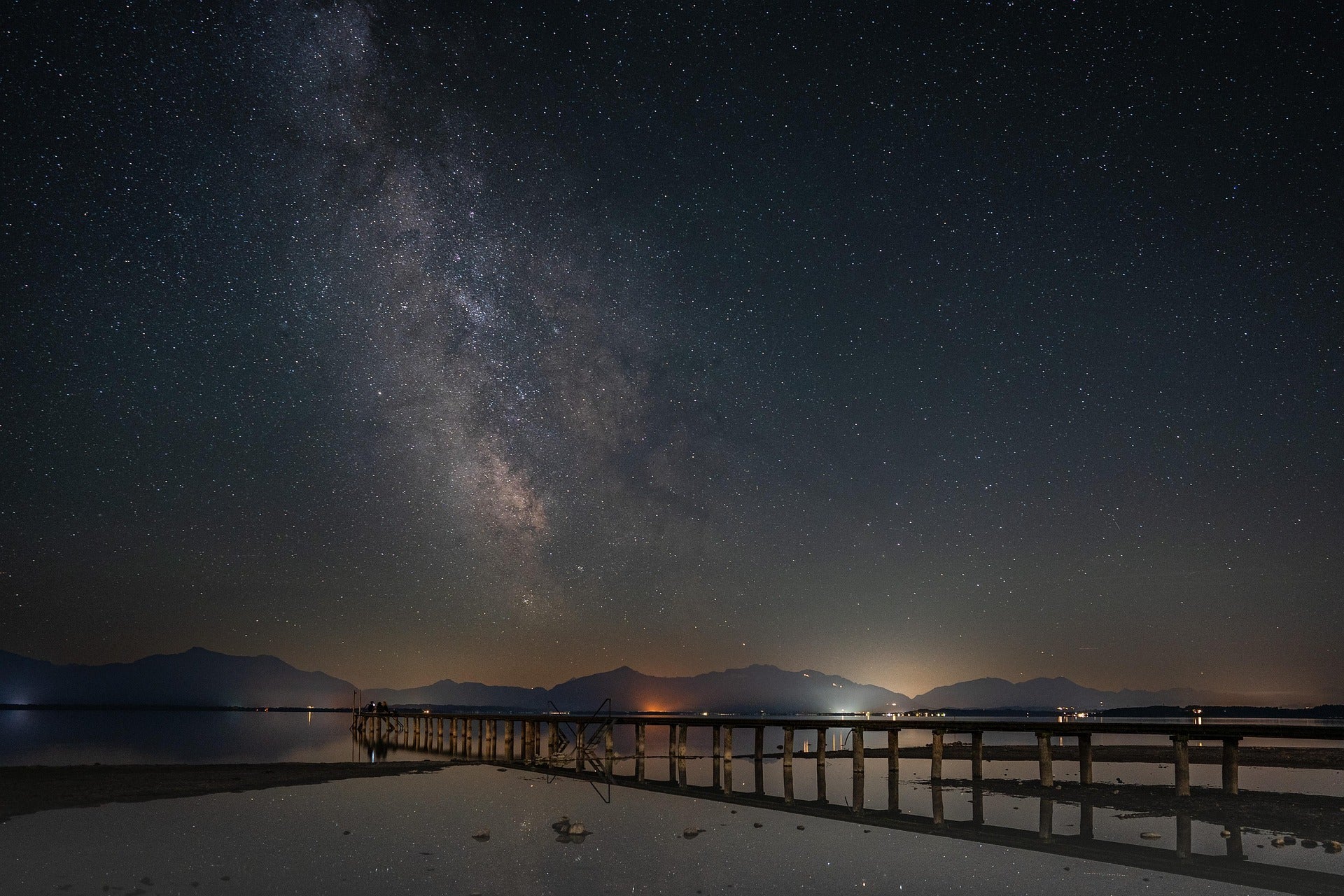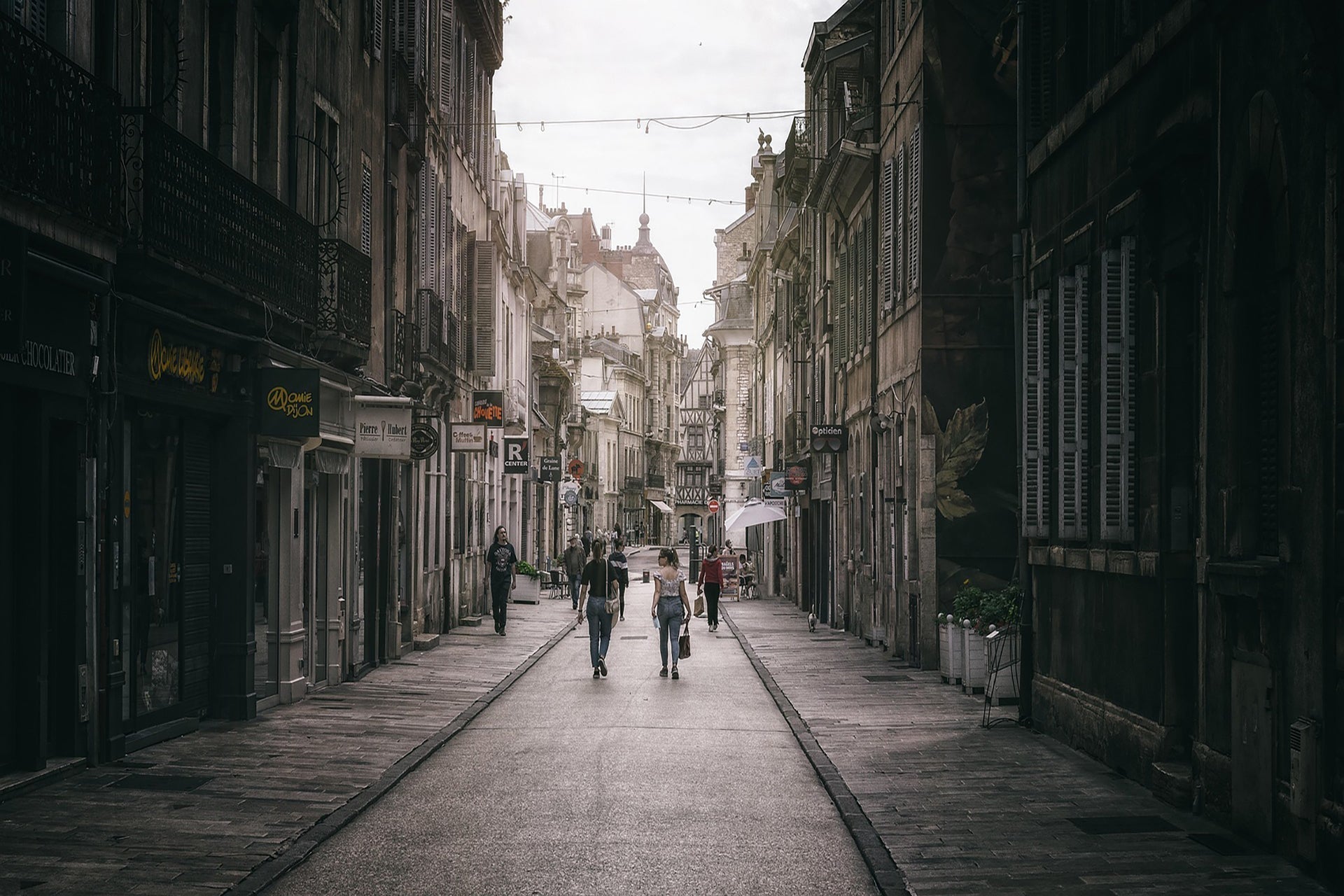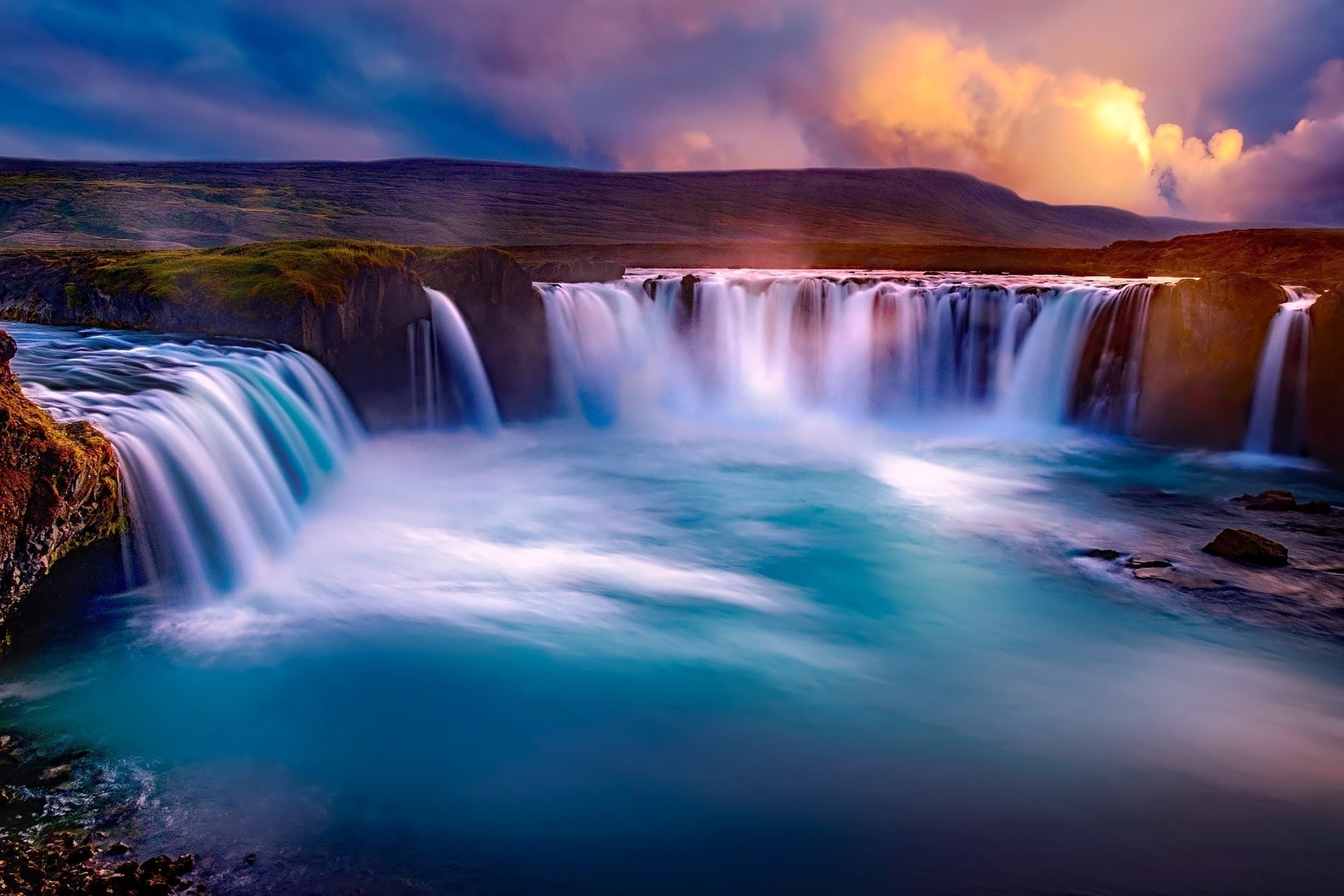
Astrophotography made easy with Hasselblad
Any camera with manual setting options and a wide-angle lens is suitable for capturing images of a starry sky in a way that the naked eye cannot see. If you take photos of the night sky with your system or SLR camera and a slow shutter speed of 30 seconds, you will be surprised at the variety of celestial bodies visible in the photo. Such an experiment has already motivated many amateur photographers to photograph the stars more often in future.
The special features of astrophotography
Astrophotography focuses on the night sky with its numerous impressive objects. A good camera is capable of capturing images of galaxies, planets and stars that the human eye cannot see or cannot see in such detail. One of the special features of astrophotography is that the camera recognizes the colors of celestial bodies in the dark with a sufficiently long exposure time. The light-sensitive rods of the human eye, on the other hand, do not perceive colors in the dark. Stars therefore appear to us as white, glowing dots. In a photograph, however, the night sky suddenly appears in different colors.
With photographic equipment designed for astrophotography, celestial bodies take shape and galaxies become visible that the human eye does not recognize. Photos of the moon show the structure of its surface. One of the most popular motifs in astrophotography is the Milky Way. Successful photos show its depth and different colors. Due to the long exposure required, the movement of the earth can also influence the photos. However, a simple SLR camera with a tripod is not enough to take such photos of the night sky. If you want to photograph stars and capture their details, you will need a high-quality camera with powerful lenses and, for particularly detailed photographs, a telescope.
To transport your sensitive equipment safely, we recommend a specially padded bag with modular compartments. Such bags not only offer protection against knocks and the elements, but also allow you to store your camera, lenses and accessories in an organized manner. Also look out for customizable interiors to protect your equipment optimally.

Hasselblad and astrophotography - a long association
Although the Swedish brand Hasselblad is not the only manufacturer of cameras for astrophotography, the high-quality medium format cameras meet the high demands of this genre of photography in a special way. Hasselblad cameras also have a long tradition in this field. The US space agency NASA used Hasselblad cameras in its space programs as early as the 1960s, for example for the first moon landing in 1969. The cameras were optimized for use in space in close cooperation with NASA. They easily coped with the tough demands of space and delivered the impressive photos of the moon, earth and space that continue to inspire to this day. They had to remain on the moon after the moon landing due to the necessary weight reduction. Hasselblad cameras are still on the moon today.
Hasselblad is traditionally one of the leading manufacturers of high-quality medium format cameras and today offers digital cameras with large image sensors that correspond to the classic medium format. The use of a medium format camera offers the advantage of high resolution and detail accuracy in astrophotography. Digital medium format cameras store significantly more information in a RAW file than a full format camera. In addition, a medium format camera enables longer exposure times than a 35 mm camera. This aspect is particularly important for night shots. Medium format photography has a low noise level and the images are characterized by optimal sharpness right up to the edges.
Due to their high resolution, medium format photos are ideal for making enlargements or for cropping image details. Hasselblad cameras also offer the advantage of a high dynamic range, resulting in detailed images and intense colors even with shorter exposure times. So there are many reasons to choose a Hasselblad for astrophotography. The Hasselblad X-series cameras in particular meet the requirements of astrophotography.
A robust yet elegant carrying solution is essential for the safe transportation of your Hasselblad camera and its extensive accessories. Models such as the RELON® Bag XL, Little William or the Sling Bag Large are particularly suitable for safely stowing a Hasselblad X2D camera and keeping it within easy reach at all times.

Requirements for astrophotography and tips
One of the most important prerequisites for good photos of the night sky is the right environment. The location should be as free as possible from light emissions. In a brightly lit city center, the lighting conditions prevent a good view of the starry sky. Landscapes at a great distance from cities, industrial and residential areas, such as mountain peaks, small hills in open countryside or a clearing in a wooded area, are ideal.
The weather and the phases of the moon also influence the quality of the images. The sky should be as cloudless as possible and the view clear, although individual clouds can also create a special effect. While the full moon itself is an interesting subject, its bright light is distracting if you want to photograph stars. The dark sky at new moon is ideal for this purpose. The Milky Way makes for particularly impressive photographs in Europe in the months of June and July.
In astrophotography, one photo is not always enough to produce a perfect image. Many shots and post-processing are usually necessary for an optimal result. For example, the ideal exposure can be achieved by combining several shots into one image. In addition to camera equipment, astrophotography therefore also requires powerful image editing software.
Another important prerequisite for perfect photos of the night sky is focusing on the right subject. When looking at the sky, all objects initially appear distant, similar and low-contrast. Including landscape elements such as mountains or trees can therefore create exciting contrasts, especially when starting out on the adventure of astrophotography. Various apps on the internet offer further astrophotography tips and information about star constellations, subjects and locations.

Equipment and camera settings for night photography
As mentioned at the beginning, system cameras or full-frame SLR cameras are sufficient for getting started with astrophotography, as long as they allow long exposures and a wide aperture range. With the right accessories and optimum camera settings for night photography, you can already achieve impressive results with your existing camera. The following accessories are essential for night photography:
- fast wide-angle lens
- Sturdy tripod with tilting head
- remote shutter release
- Headlamp or red light flashlight
If you want to intensify your astrophotography, you will find a wide range of lenses, special accessories and telescopes. Good photos of the night sky require manual camera settings. When starting out, the following camera settings are a good choice for night photography:
- RAW format to preserve all image information for post-processing
- Exposure time of 20 to 30 seconds, as the earth's rotation affects the images with longer exposure times
- Aperture f/2.8 or f/5.6 for more depth of field
- ISO sensitivity 1,600 to 6400 at f/2.8 aperture or 800 to 1600 at f/5.6 aperture
- Manual focusing to infinity, no autofocus
- Shutter release via radio or with the camera's shutter release delay
- White balance for daylight
- Long-term noise reduction and image stabilization switched off
If you get into astrophotography with your Hasselblad camera, you will quickly achieve success in this special genre of photography. As your experience grows, you will discover your own favorite camera settings, new subjects in the night sky and probably new accessories for your photography equipment.
On night photography tours, it is important that your equipment can be transported not only safely but also comfortably. Bags with ergonomic carrying straps and breathable back padding ensure a high level of carrying comfort, even on longer trips. Additional features such as integrated rain covers and reflective elements increase functionality and safety in the dark.

